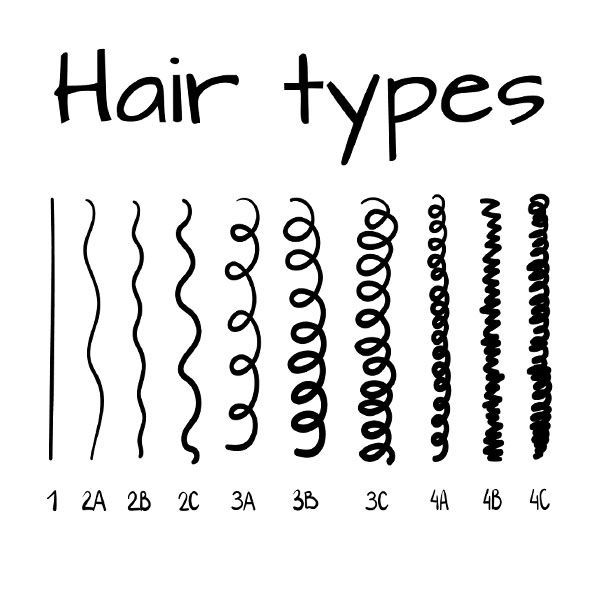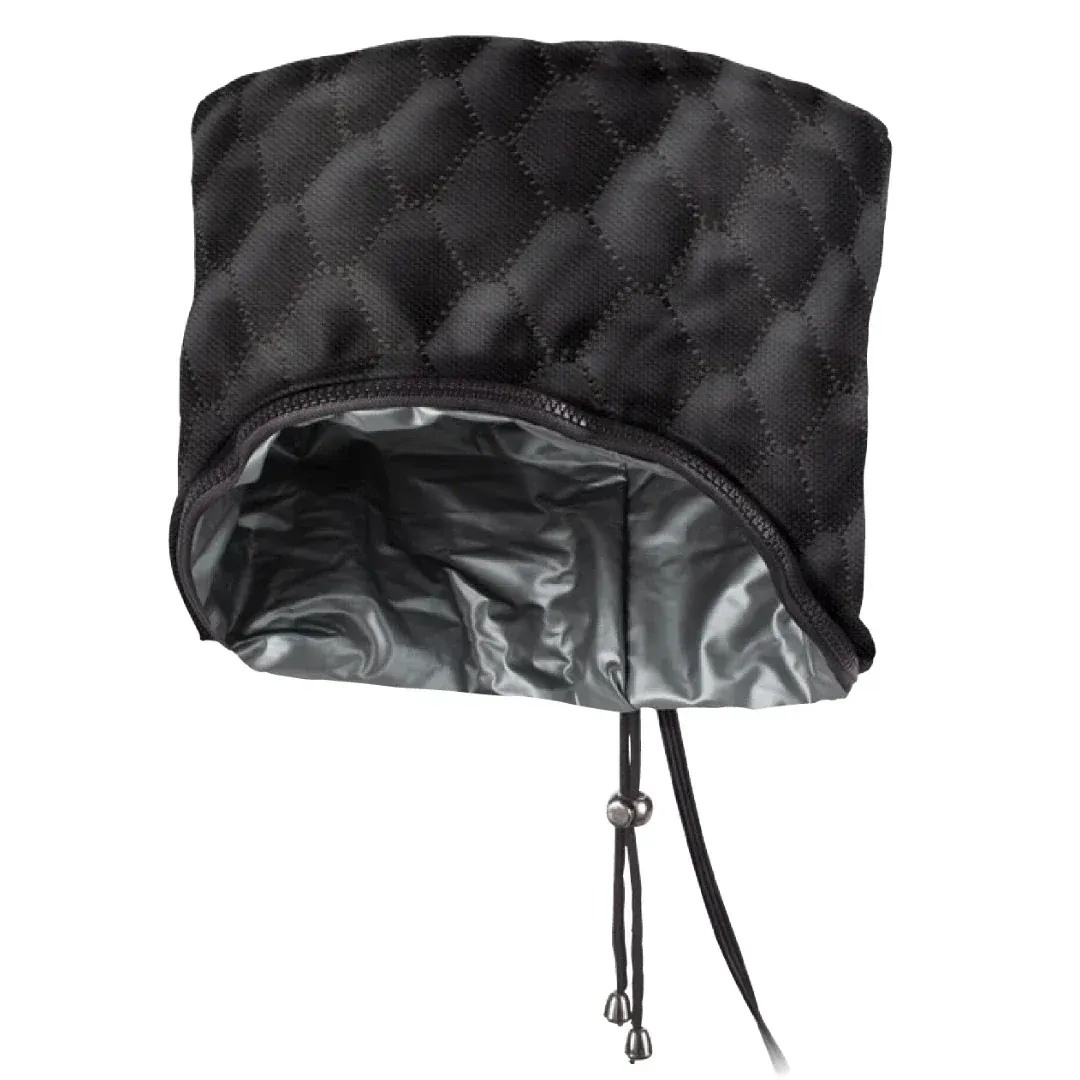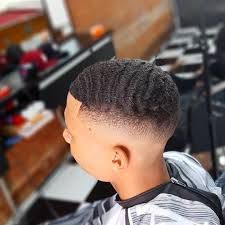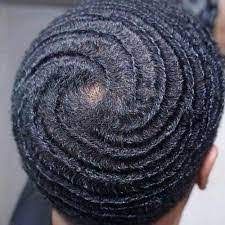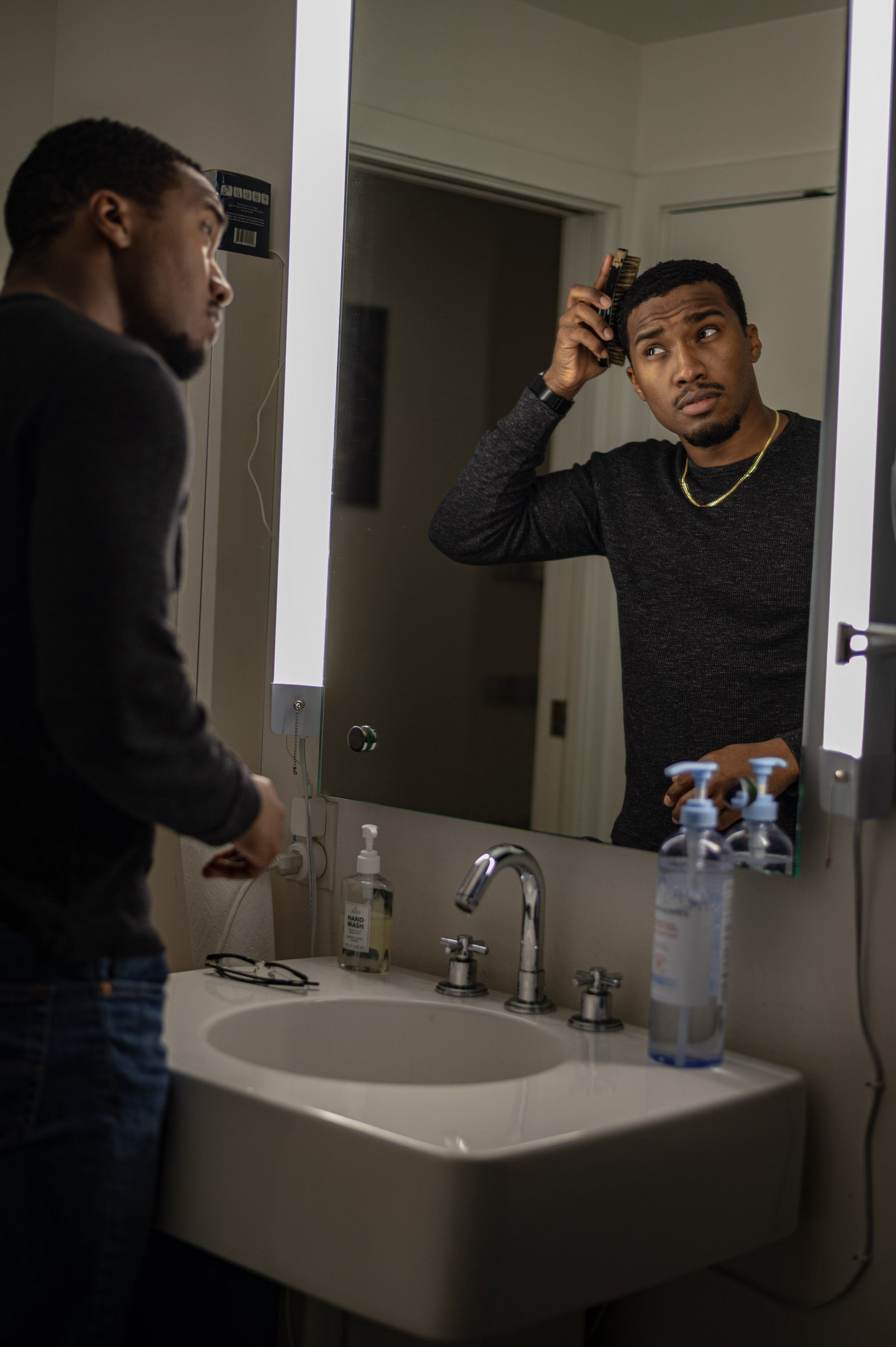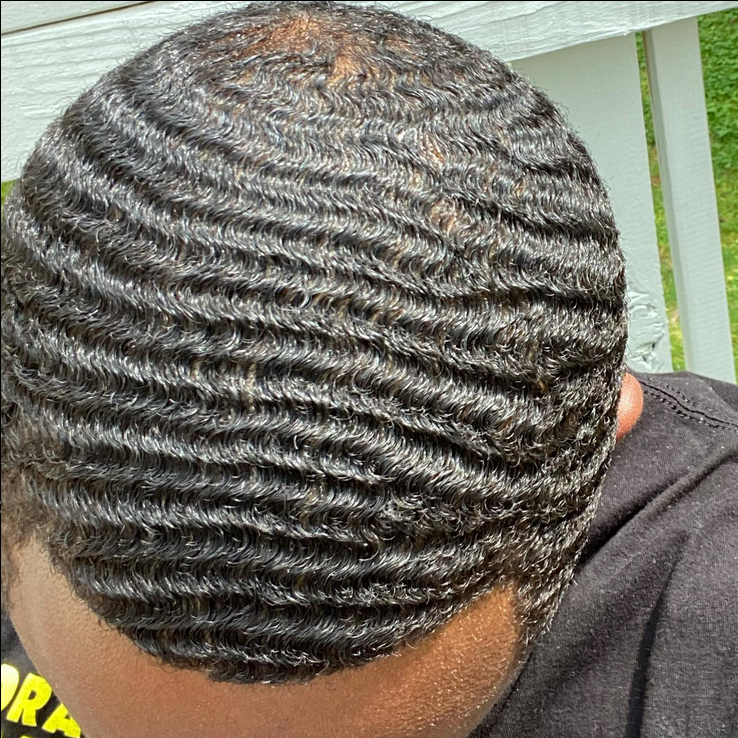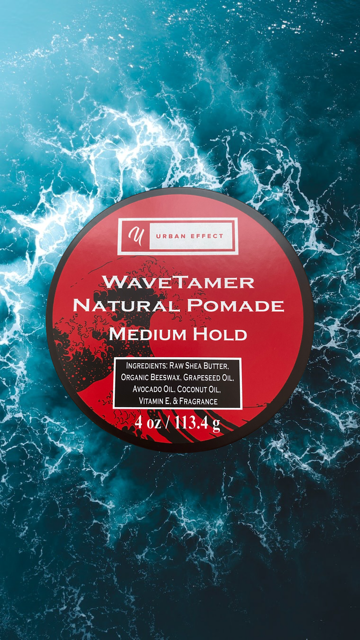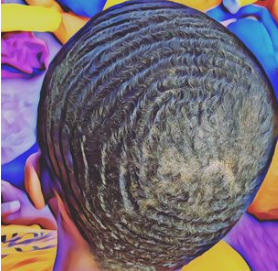Oils and Butters for High Porosity Hair
By: Phil Dixon
Optimal oils and butters for hair with high porosity.
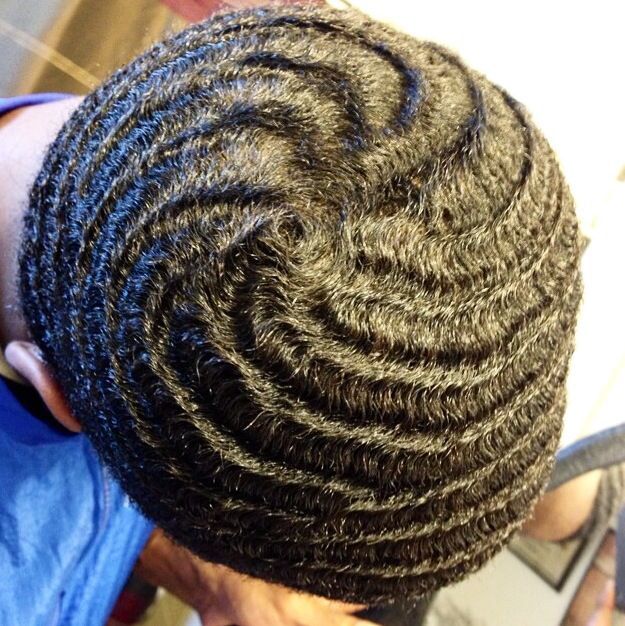
High porosity hair benefits from heavier oils and butters that can fill in the gaps in the hair cuticle and help retain moisture. Here are some of the best types of oils and butters to better your hair health:
Oils:
Coconut Oil:
Penetrates deeply into the hair shaft.
Reduces protein loss and helps strengthen hair.
Olive Oil:
Rich in antioxidants and fatty acids.
Provides deep conditioning and helps seal in moisture.
Avocado Oil:
Contains vitamins A, D, and E, which nourish and strengthen hair.
Penetrates the hair shaft and helps to moisturize and repair damage.
Castor Oil:
Thick and heavy, providing a good sealant for moisture.
Promotes hair growth and helps to reduce breakage.
Jojoba Oil:
Mimics the scalp's natural oils.
Helps to balance moisture levels and reduce frizz.
Butters:
Shea Butter:
Rich in vitamins and fatty acids.
Provides deep moisture and helps to seal in hydration, reducing frizz.
Cocoa Butter:
Creates a protective barrier to lock in moisture.
Rich in fatty acids, helping to strengthen and nourish hair.
Mango Butter:
Lightweight but effective at sealing in moisture.
High in vitamins A and E, providing nourishment and protection.
Cupuacu Butter:
Lightweight and hydrophilic, helping to retain moisture effectively.
Provides deep hydration and improves elasticity.
Application Tips:
Layering: Use a leave-in conditioner first,followed by an oil of your choice and then a butter to lock in moisture.
Deep Conditioning: Regular deep conditioning treatments with these oils and butters can help improve hair health and manageability.
Hot Oil Treatments: Warm oil treatments can help to deeply penetrate the hair shaft and provide intensive moisture.
Protective Styles: Use heavier oils and butters to maintain moisture when wearing protective styles like braids, twists, or waves.
Finding the right combination of oils and butters can significantly improve the health and appearance of high porosity hair. The list above contains ingredients in products that you should look for if you have high porosity hair.
Wavers Digest
